
The Trump administration’s push to get more Medicare Shared Savings Program (MSSP) ACOs to take on downside risk is having an effect, but there are still many nontakers.

The Trump administration’s push to get more Medicare Shared Savings Program (MSSP) ACOs to take on downside risk is having an effect, but there are still many nontakers.

The United States usually doesn’t fare very well in international health comparisons. The country’s healthcare ranks among, if not the, most expensive. The outcomes, as measured by metrics such as life expectancy at birth, are not top tier, especially when the U.S. is compared to well-off countries in Europe and Asia.

Entresto (sacubitril-valsartan) didn’t get a lot of love from payers after it was approved in 2015 because of its expense and the crowded armamentarium for heart failure. But Entresto has since made its way into guidelines for reduced ejection fraction heart failure, sometimes called systolic heart failure.
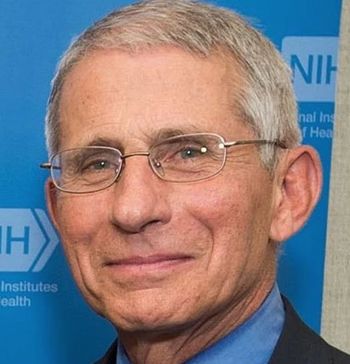
Dr. Anthony Fauci addresses the American Heart Association Scientific Sessions.
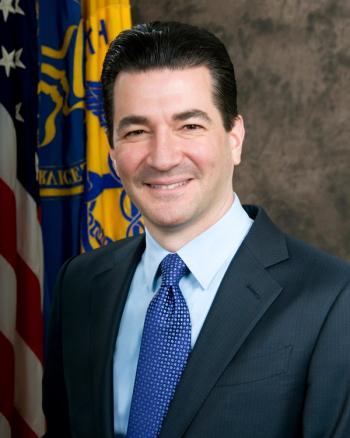
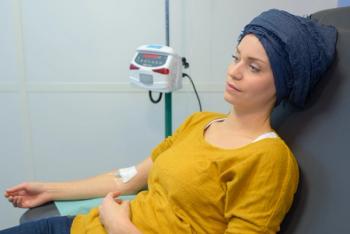
Merck earned a new indication for pembrolizumab (Keytruda), in combination with chemotherapy, to treat locally recurrent unresectable or metastatic triple-negative breast cancer (TNBC).
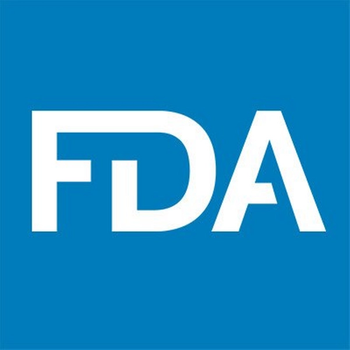
Manufacturing issue creates setback for Alkermes on much-anticipated therapy that mitigates weight gain.

After an FDA denial and a lost sponsor, sotagliflozin shows it can cut cardiovascular events and possibly treat a form of heart failure that has no approved therapies.

Community-based organizations should position themselves as groups with a deep, working knowledge of an area's geography, communities and residents.

Some employers would benefit if their older employees go on Medicare, and people in their 60s would have some safety net if they can't find a job with benefits. Provider revenues might take a hit because of lower Medicare reimbursement.

A Cleveland Clinic scientist stopped short of saying doctors should take patients off Vascepa, but he said he has questions due to the lack of a "neutral comparator."

Researchers say their study is the first to look at race as a factor in how people with diabetic macular edema respond to treatment with Avastin.
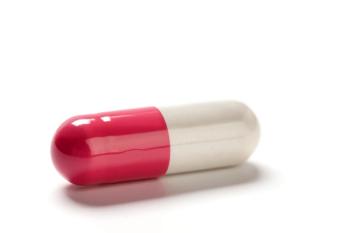
Overall, the Polycap polypill (simvastatin, atenolol, hydrochlorothiazide, ramipril) falls well short of the high expectations for the polypill approach to cardiovascular disease risk reduction.
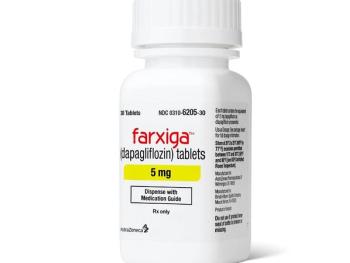
The findings are the first in a series of six studies involving a registry supported by drug makers in the diabetes, cardiovascular, and heart failure space.

Today, senior care can have a number of health benefits for the well-being of older adults. However, some family members of the patients receiving care are carrying more of the financial weight and taking care of the groundwork in their family member's care.

The first in a new class of drugs that targets the cardiac muscle is especially effective in patients with the most serious heart failure.

DocASAP’s second annual survey reveals an accelerated demand for timely, convenient care across different settings and the pandemic’s impact on care.

Starting this week, the editors of Managed Healthcare Executive® are launching a new, twice-a-month podcast about how those barriers can removed, lowered, or worked around so all patients get the healthcare they need.
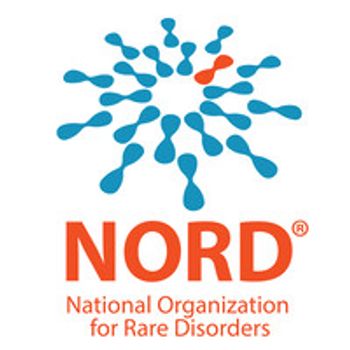
Telehealth during the COVID-19 pandemic has been especially important to patients with rare disorders, many of which are autoimmune diseases, according to a recent report from the National Organization for Rare Disorders.

Pandemic prompts supply chain to focus on reducing risk, building resilience; concerns remain about data accuracy.

MHE's Briana Contreras spoke with Matthew Michela, President and CEO of Life Image, the world’s largest medical evidence and image exchange network. The two delved through the specific steps each type of healthcare organization - from health systems, payers and IT companies - must follow to comply to meet the Office of the National Coordinator for Health Information Technology (ONC) and Centers for Medicare & Medicaid Services' (CMS) new interoperability and patient access rules.

In this second of a two-part video interview with MHE, Amwell Chief Medical Officer Peter Antall says he is in favor of extending CMS waivers that made telehealth visits reimbursable and easy for patients and providers.
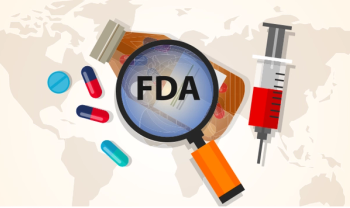
The investigational monoclonal antibody therapy bamlanivimab treats mild-to-moderate COVID-19 in adult and pediatric patients.
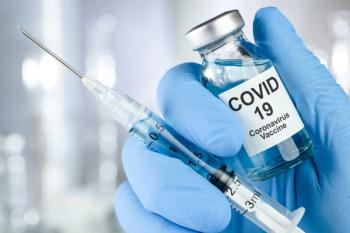
While Pfizer and BioNTech’s first interim analysis demonstrates the efficacy of their SARS-CoV-2 vaccine candidate, some questions remain.

So far, hospitals and other healthcare providers have received approximately $125 billion of the $175 billion allocated to the federal Provider Relief Fund to cover costs related to coronavirus care. This injection of resources has helped providers manage the costs related to the coronavirus, but it has also raised questions about the requirements for accepting and spending the funds.

Earlier treatment of multiple sclerosis with disease-modifying therapy reduced the chances of a sharp decrease in income, according to Swedish researchers.

Vivek Murthy, M.D., MBA, former surgeon general, David Kessler, M.D., former FDA commissioner, and Marcella Nunez-Smith, M.D., M.H.S., an associate professor at Yale Medical School are the co-chairs

University of Vermont researchers say their data show there are alternative approaches to using gadolinium-based contrast agents in follow-up MRIs of patients with multiple sclerosis.
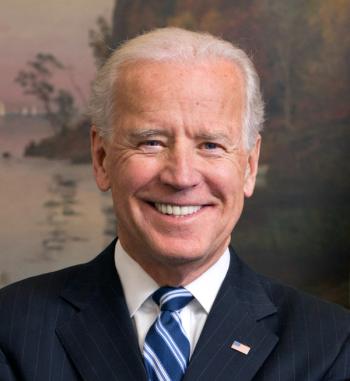
Some safe predictions for healthcare under the Biden administration: More deference to public health officials on COVID-19 and efforts to create a public option and have Medicare negotiate drug prices.

A Phase 3 trial is in the works in the U.S. for Sativex (nabiximols), an oral spray that contains cannabis extracts, in treating spasticity — muscle stiffness or spasms — associated with multiple sclerosis (MS).